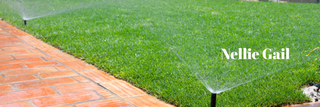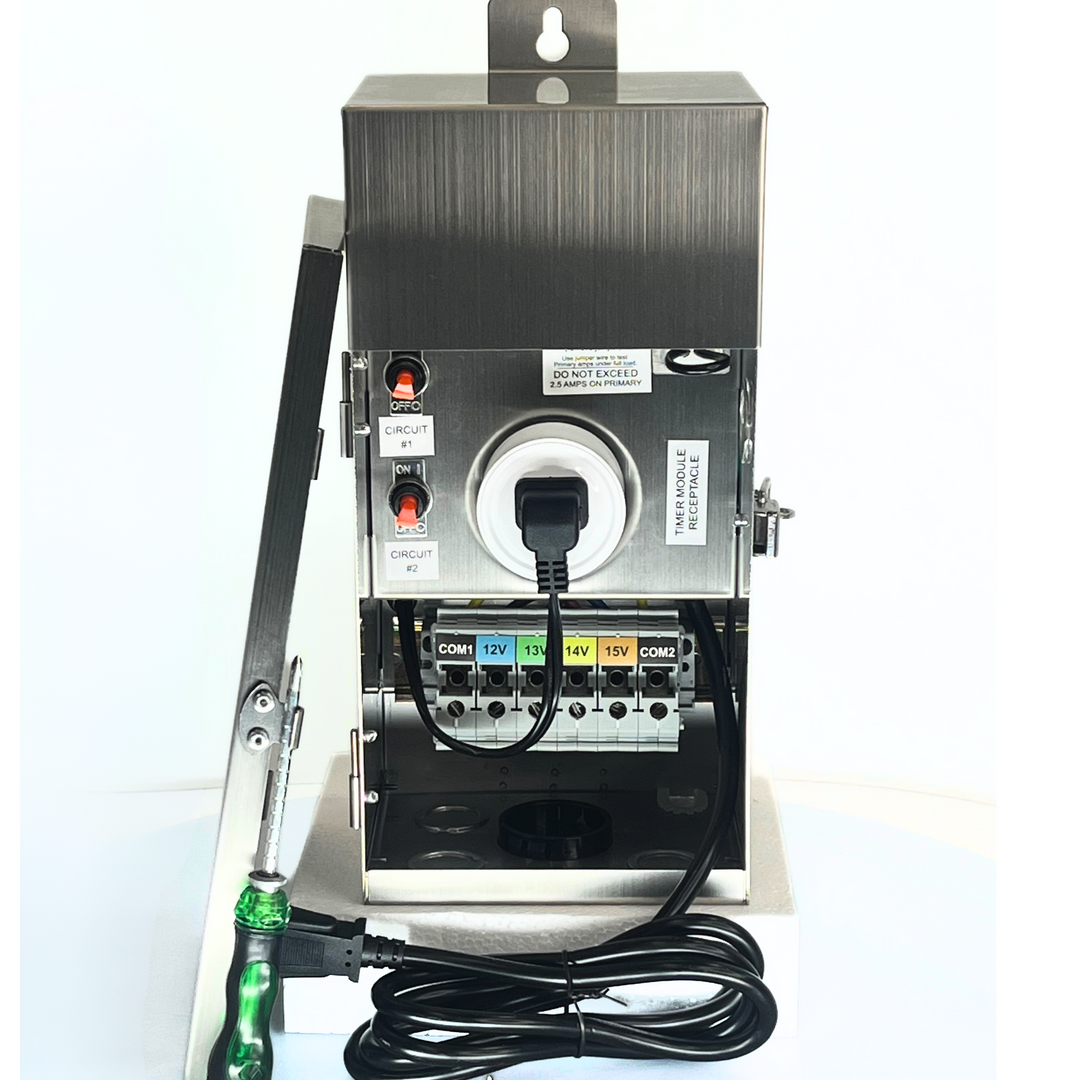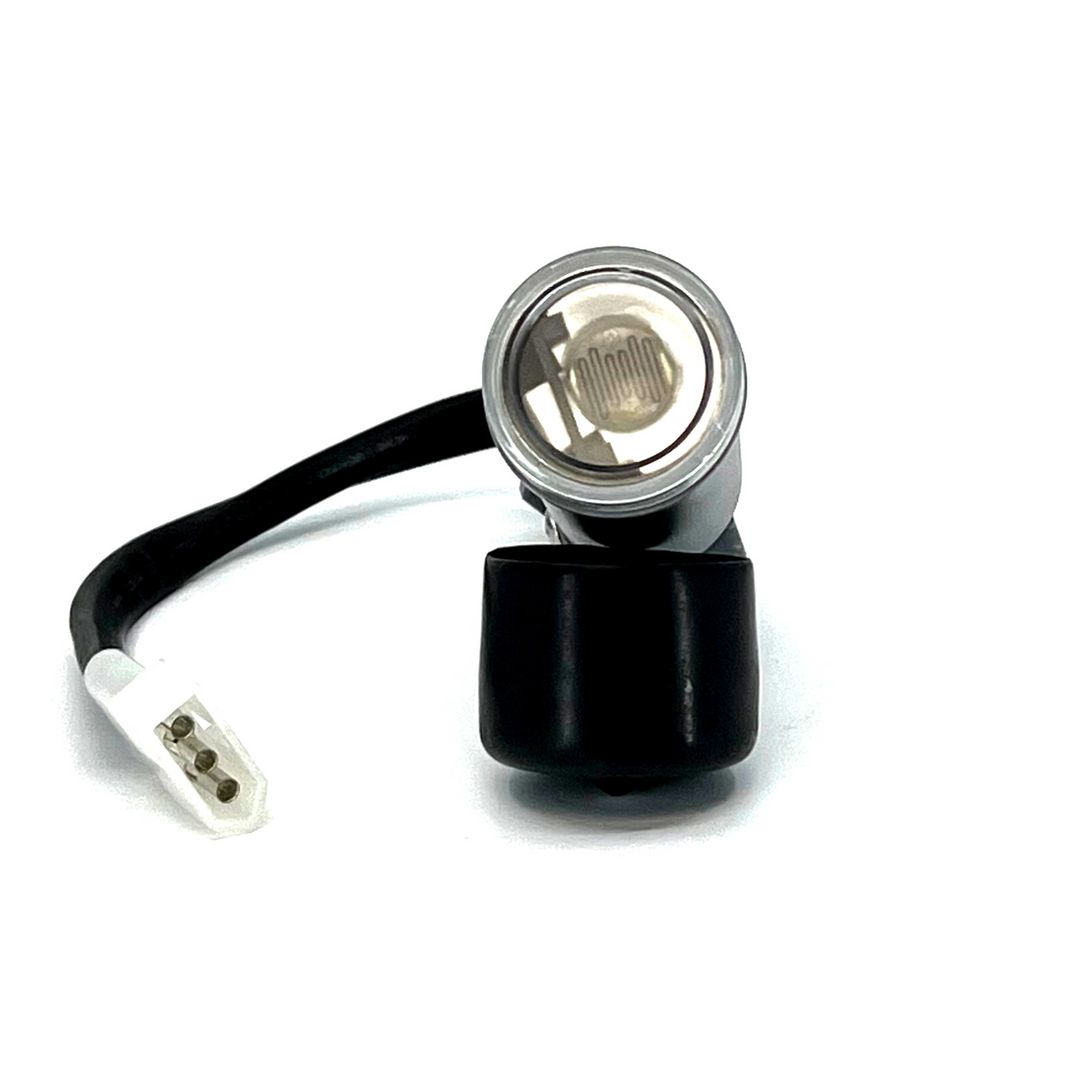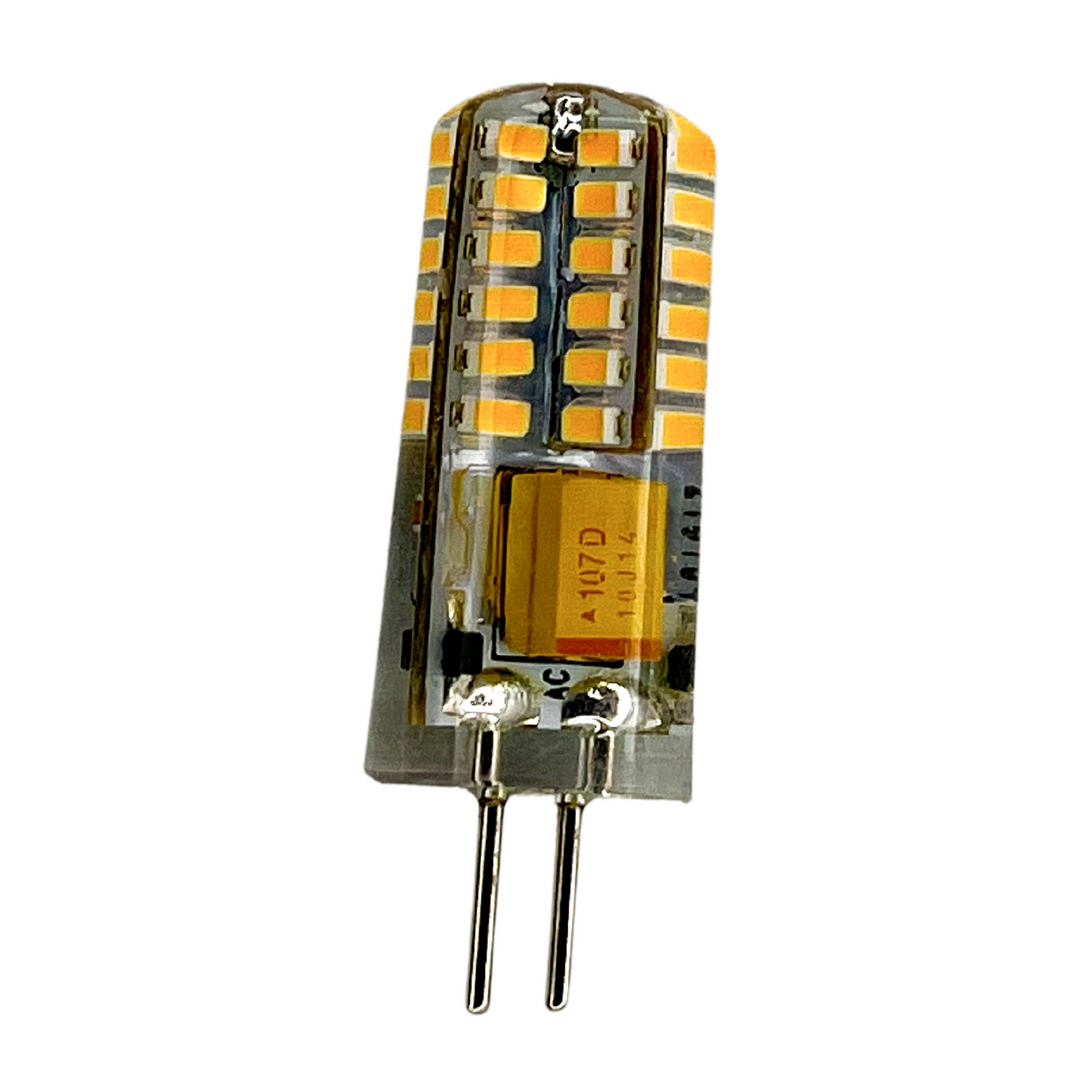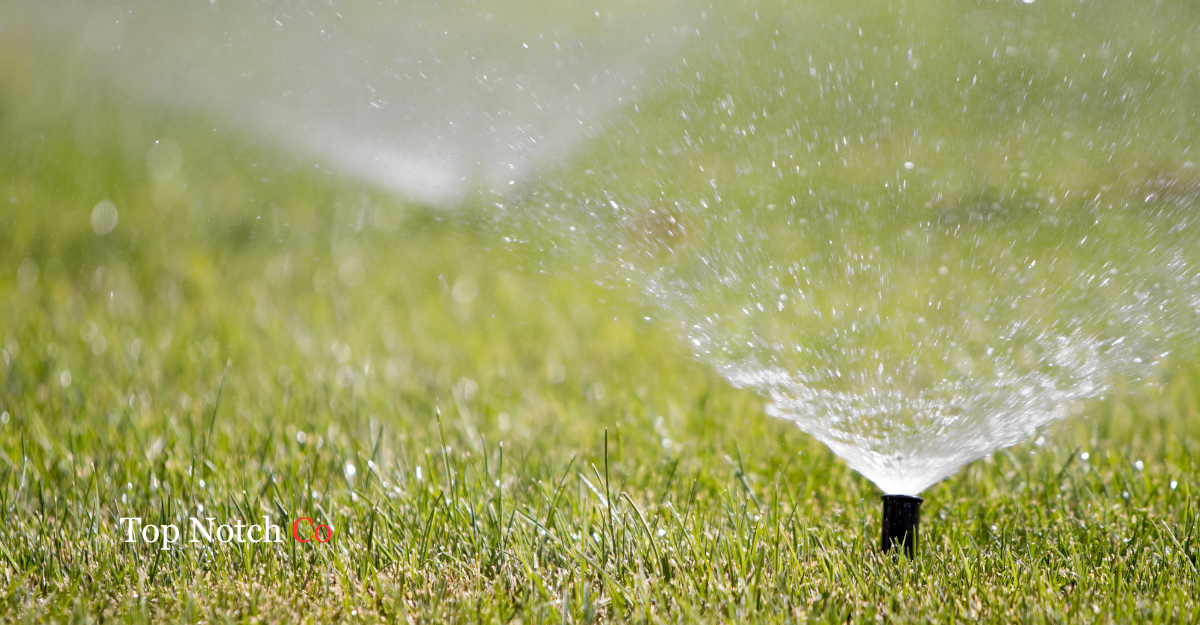
The Sprinkler Whisperer: Taming Your Lawn Sprinkler System
|
|
Time to read 6 min
Gardens thrive with proper care, and a key component is a well-functioning lawn sprinkler system. It's not just about watering your lawn; it's about maintaining a system that ensures every corner of your garden gets the attention it deserves. In this article, we delve into common sprinkler system issues and provide easy-to-follow solutions, ensuring your lawn remains lush and healthy.
Lawn Sprinkler System: Step-by-Step Guides to Common Repairs
Replacing a Damaged Sprinkler Head
You'll need basic tools like a shovel and plumber's tape for this. This repair is often necessary due to wear or damage. First, turn off the water and electrical supply. Dig around the damaged head, remove it, and install the new one. Finally, test the system to ensure even watering and prevent water waste.
Fixing a Faulty Sprinkler Valve
Valve issues are common. Identifying and replacing a faulty valve involves shutting off the system, removing the old valve, and installing a new one. Ensure all connections are secure before testing. This maintains system integrity and ensures that each zone receives the right amount of water.
Addressing Electrical Problems in Sprinkler Zones
Use a multimeter to diagnose electrical issues. If a zone isn't working, check the voltage and replace the controller if necessary. Safe handling of electrical components is paramount. This keeps the system functioning smoothly and avoids dry spots in your lawn.
Repairing or Replacing a Faulty Solenoid
Identify the faulty solenoid, replace it, and ensure all connections are
Waterproof. Testing the system afterward is crucial. The solenoid is an often-overlooked component but is vital for controlling water pressure. Proper diagnosis and replacement are key. Ensuring waterproof connections avoids future electrical issues.
Maintenance Tips to Prevent System Failures
Regular maintenance is the cornerstone of sprinkler system health. Check for wear, adjust heads for optimal coverage, and keep an eye out for animal interference. Seasonal checks are recommended, especially before and after harsh weather conditions. Clean and adjust sprinkler heads and monitor water pressure. Protect your system from animal damage and environmental factors.
Common Sprinkler System Problems and Solutions
Sprinkler System Won't Shut Off
A non-stop running system can lead to overwatering and increased bills. The problem often lies in the valve or solenoid. However, timers and wiring can also be at fault. It's crucial to:
1. Methodically check each component.
2. Replace or repair parts as necessary.
3. Regularly inspect for signs of wear or damage.
Replacing Broken Sprinkler Heads
Broken heads lead to uneven watering. Selection of the replacement head should be based on:
1. The type of lawn area.
2. Watering requirements of specific zones.
3. Compatibility with existing system parts. Educating oneself on different head types ensures a well-watered lawn.
Repairing Leaky Sprinkler Valves
Valve leaks can be subtle yet damaging. To address them:
1. Conduct a detailed inspection of the valve assembly.
2. Look for signs of corrosion or debris.
3. Replace diaphragms, O-rings, or entire valves if necessary.
4. Consider professional help for complex valve systems.
Fixing Clogged Sprinkler Heads
Clogs are common but manageable. Regular cleaning and maintenance involve:
1. Dismantling the head and inspecting each part.
2. Thorough cleaning or replacement of filters.
3. Flushing the system to remove debris. A proactive approach prevents clogging issues.
Troubleshooting Controller Issues
Controllers can malfunction due to various reasons like electrical issues or programming errors. Effective troubleshooting includes:
1. Regularly checking and updating the controller's settings.
2. Ensuring all electrical connections are secure.
3. Seeking expert advice for software issues or when replacing the controller.
Addressing Electrical Problems
Electrical issues demand caution and expertise. Steps include:
1. Always disconnecting power before inspection.
2. Using a multimeter to check for electrical faults.
3. Consulting with a professional for complex electrical repairs.
Preventive Maintenance and Regular Check-Ups
Routine maintenance extends the life of your Lawn Sprinkler System. Key activities include:
1. Seasonal inspections for wear and damage.
2. Winterizing the system to prevent freezing.
3. Adjusting settings for changing weather conditions.
4. Keeping a maintenance log for future reference.
DIY Tips and Safety Precautions
While DIY can be cost-effective, safety is paramount. Remember to:
1. Wear appropriate safety gear.
2. Follow the manufacturer's instructions meticulously.
3. Understand your limits to avoid causing further damage.
When to Call a Professional
Professional assistance is crucial when:
1. Dealing with extensive system damage.
2. Upgrading or redesigning your system.
3. Encountering persistent or complex issues. Professionals bring expertise and can offer long-term solutions.
When to Call a Professional
Some issues are best left to professionals. While many issues can be DIY, some require professional expertise. Complex electrical problems, major leaks, or system upgrades are best handled by experts. They bring experience and specialized tools that can save time and money in the long run. Knowing when to call in expert help can save time and ensure your system is efficiently repaired.
1. Routine System Evaluations: Annual or bi-annual professional evaluations can help catch issues early, ensuring your system operates efficiently.
2. Emergency Situations: In case of sudden major leaks or system failures, immediate professional intervention is necessary to prevent extensive damage to your lawn and property.
Customizing Your Sprinkler System
Tailoring your sprinkler system to suit your lawn's unique needs is key for optimal performance. This includes:
1. Zoning: Divide your lawn into zones based on plant types and sunlight exposure. Each zone may require different amounts of water.
2. Choosing the Right Sprinkler Heads: Different areas may need different types of heads. For instance, delicate flower beds may require gentle misting heads, while lawns may need high-range rotors.
3. Timing Adjustments: Adjusting the watering schedule seasonally or in response to weather changes helps in water conservation and ensures your lawn gets the right amount of water.
Frequently Asked Questions
How Do You Identify and Fix a Leaky Sprinkler System?
Inconsistent water pressure and uneven lawn wetness indicate leaks. Check the water flow and valves, and repair any damage found.
What Steps Are Involved in Replacing a Damaged Sprinkler Head?
Turn off the water and electricity, uncover the damaged unit, replace the head, and test the system.
How Do You Replace a Faulty Sprinkler Valve?
Locate and turn off the valve box, cut the PVC pipe, replace the valve, reconnect the wires, apply solvent cement, and test for leaks.
What Should You Do If a Sprinkler Zone Isn’t Turning On?
Check the controller, transformer, and circuit breaker. Use a multimeter to test the voltage. Replace the controller if necessary.
How Can You Fix a Faulty Sprinkler Solenoid?
Turn off the system, replace the solenoid, use waterproof connectors for the wires, and test the system.
What Regular Maintenance Tips Can Help Prevent Sprinkler System Failures?
Check the system twice a year, clean and reset heads, monitor zones for even watering, and protect against animal damage.
Advanced Troubleshooting Techniques
For those with a bit more experience, advanced troubleshooting can include:
1. System Calibration: Ensuring each zone delivers the right amount of water through flow measurement and adjustment.
2. Pressure Testing: Checking the system pressure can identify issues with water supply or pipe leaks.
3. Sensor Integration: Installing rain or soil moisture sensors to automate watering based on actual needs, reducing water waste.ds, reducing water waste.
Sustainable Sprinkler Practices
Implementing sustainable practices not only benefits your lawn but also the environment. Consider:
1. Water-Efficient Nozzles: Utilize nozzles designed to reduce water usage without sacrificing lawn health.
2. Drip Irrigation for Non-Grass Areas: Drip systems are ideal for gardens, reducing evaporation and runoff.
3. Rainwater Harvesting: Collecting rainwater for irrigation is an eco-friendly and cost-effective method.
Seasonal Sprinkler Care
Each season brings different care requirements:
1. Spring: Inspect and clean the system after winter dormancy. Check for damaged parts and leaks.
2. Summer: Monitor the system for efficiency during peak usage. Adjust schedules for higher temperatures and potential drought conditions.
3. Fall: Prepare the system for colder weather, potentially adjusting the watering schedule as plants go dormant.
4. Winter: Winterize the system to prevent freeze damage. This may include draining pipes and shutting down the system.
Enhancing Lawn Health with Proper Watering
Effective watering is crucial for lawn health. Tips include:
1. Early Morning Watering: Reduces evaporation and wind interference.
2. Deep, Infrequent Watering: Encourages deeper root growth, making your lawn more drought-resistant.
3. Adjusting for Lawn Age: New lawns require more frequent watering to establish roots.
All Things Considered
A well-maintained sprinkler system is vital for a healthy lawn. Regular maintenance, prompt repairs, and understanding when to call in professionals are key to its longevity. With these tips and tricks, your lawn will remain a lush, inviting space for years to come. Remember, a little care goes a long way in keeping your garden green and thriving.









